In its simplest form, a still life can be termed a representation of the things we have around us. Throughout history, artists have used still life to help us understand nature and the things that surround us. Looking for the beauty in the ordinary and the mundane. Often maligned and base or simple, never the less, a practice that has been practiced by all the greatest artists throughout the years. Boiled down, still life comprises four main ingredients.
Objects
Arrangement
Light
Composition
When this recipe is in the hands of a master chef, the results can transcend the mechanical views created with a camera lens. Still life is about looking and not just seeing. The genre asks us as artists to stop, slow down. Take a moment to think and consider the world around us anew. When working on, or viewing an aspect of still life, we are challenged to look at things which inhabit our gestural space. To study things we often easily overlook, things so close to us, we no longer see them. We must strive to reengage and bring
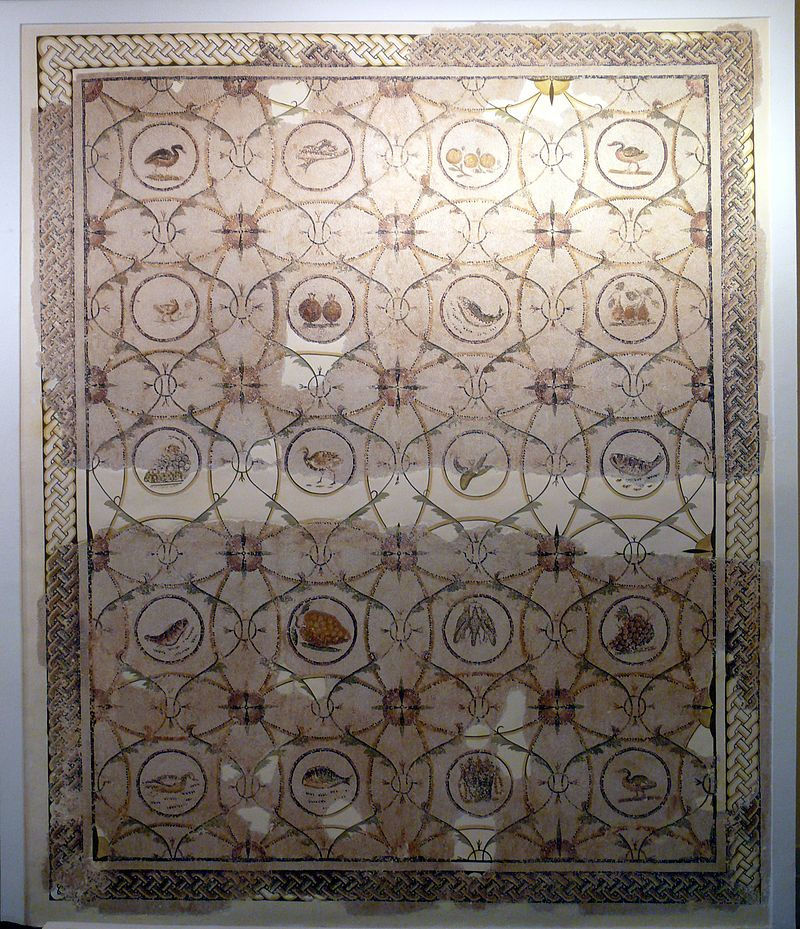
enchantment to oft overlooked items. Still life in one form or another has been around as long as our species has created images. One could postulate that the cave paintings of early man are part of this story. Imbuing symbolism and meaning into the things around them and acting to document them for posterity in picture form. It was in the time of ancient Greek society that the first embryonic forms of the genre we know today appear. Often emblazoned on pottery and other such items, depictions of everyday objects appeared. This practice was developed and further sophisticated by the Roman Empire. Xenia art which often contained still life motifs, usually edible items were displayed in the reception halls of the great and the good. The word ‘Xenia’ in Greek translates as hospitality and in Latin, ‘gifts for guests’.
This leads us to believe these images where displayed to demonstrate how good of a host the owner was and what guests could expect in their home. Most surviving examples of this are in mosaic form but some painted versions can be seen in the ruins of Pompeii. But yet the act of this form of picture making was not considered a worthy artistic endeavour. It was considered nothing more than a trade, the lowest form of art. It was Pliny the Elder, the author of the Naturalis History (considered the original and first encyclopaedia), who first mentions the practice. He called the exponents “Rhyparographus”, meaning a painter of low and meanly things, and considered the lowest of the low. The rhyparographus’s craft seemingly fell from fashion and the practice died out after the fall of the Roman Empire. During the subsequent centuries, the art of still life languished. The dramatic rise of Christianity and its power and influence over society heavily impeded the re-emergence of still life. Under the Christian doctrine, picture making was strictly controlled— art was for the glory of God alone. There was no room for secular images, such works had nothing to contribute to Christian society and where therefore forbidden.
“Thou shalt not make into thee any graven image” Exodus 20:4
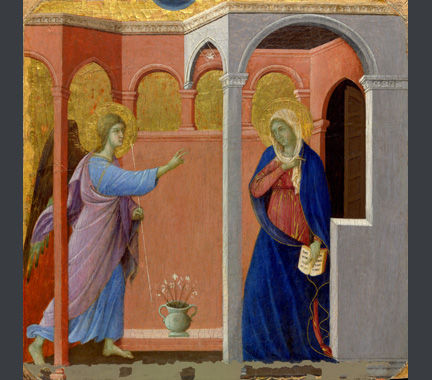
As time passed, and the technical skill of artists increased, which can be seen in surviving work from the time. A growing potential in the symbolic nature of objects was beginning to be seen. Adding objects and everyday items to biblical scenes to heighten symbolic meaning slowly increase in occurrence. This subversive adding of object continued for many years, but the genre of still life as we know it wasn’t really born until the invention of oil paint gave artists a spring board in the 15th century. Oil paints, with their longer drying and working times, allowed artists to strive for more and more realism. The artistic world at this time was still heavily controlled by the Church and much of an artist’s income would come from ecclesiastical commissions.

Joachim Beucklaer’s series of paintings, collectively known as The Four Elements is a great example of this. At first viewing, you are struck by the abundance of still life set pieces, heaped in the foreground. Only on more careful examination do you notice the biblical scene in the background. The tables were being turned, the mundane given prominence and the religious content made less prevalent. This naturally led to the birth of the autonomous still life sometime around the second half of the 16th century. This was coupled with an explosion of interest in the natural world at this time, which allowed still life to grow in popularity and sophistication.
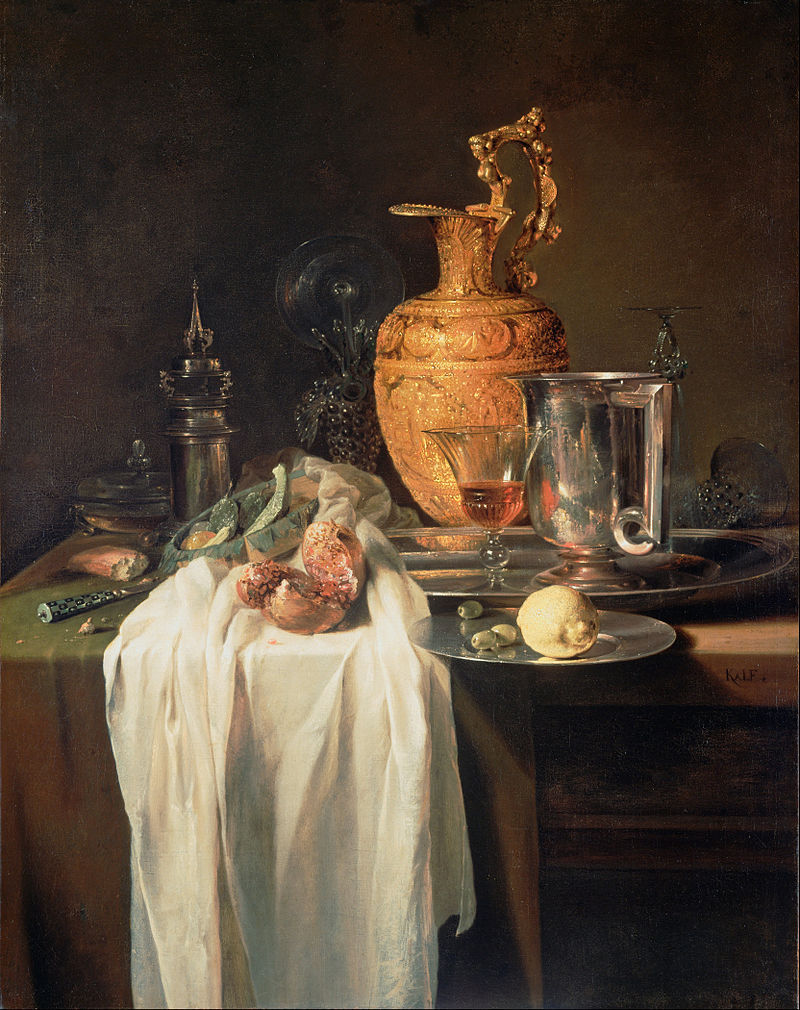
Holland and the Low Countries was the hot bed of still life painting at this time. During the 17th century, Dutch production of still life was enormous and became a large export commodity. France, Germany and Italy also had still life movements at this time but here in the UK there were little to no practicing still life artists. The 18th century continued in much the same vain, techniques and realism where refined, although overall production fell. The form continued its slide in production and popularity, landscapes took over as many artists choice of subject for the glorification of natural things.
It took another major shift in art to bring still life back from obscurity. This came in the form of the Impressionist and post-impressionist movements. The impressionist philosophy of technique and colour harmony over subject allowed artists to re-embrace still life. This period offers some of the most famous works of still life.

Van Gogh’s series of sunflower paintings will be recognised by even the most uninterested art enthusiast. Other famous exponents at this time include Cezanne, Monet, Manet and Gauguin. Although none solely focused on still life, they all produced work of the highest order. Realism was no longer so key, capturing the essence of a scene and creating a harmonious image where much more important.
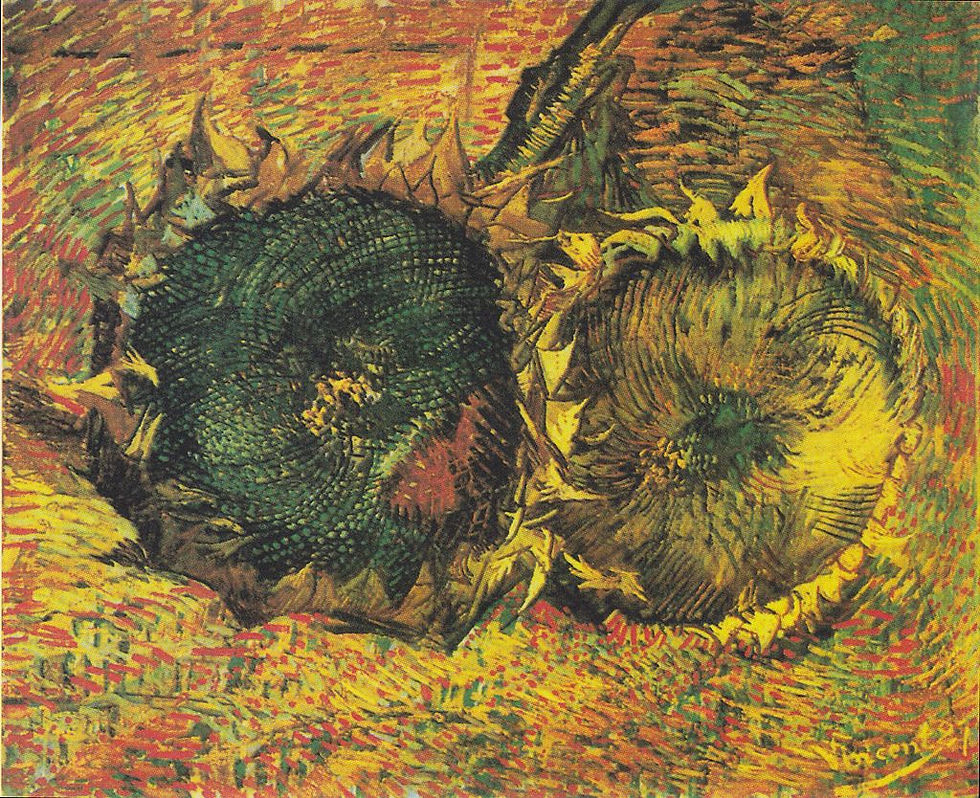
As the 20th century dawned, art entered another period of evolution. Building on the impressionistic ideas of the previous century, the avant-garde and abstractionism led the way. Still life would continue to evolve and change to suit changing tastes and the surrounding artistic climate. Rendering of form became more reduced, shapes simplified and colours heightened. The cubist movement took still life another step towards total abstraction and brought it back to popularity. Forms where deconstructed into pure geometry, overlapped and entwined, merging into the background. Texture and detail was less prevalent in images of this movement. Famous exponents
where Picasso, Gris and Braque.
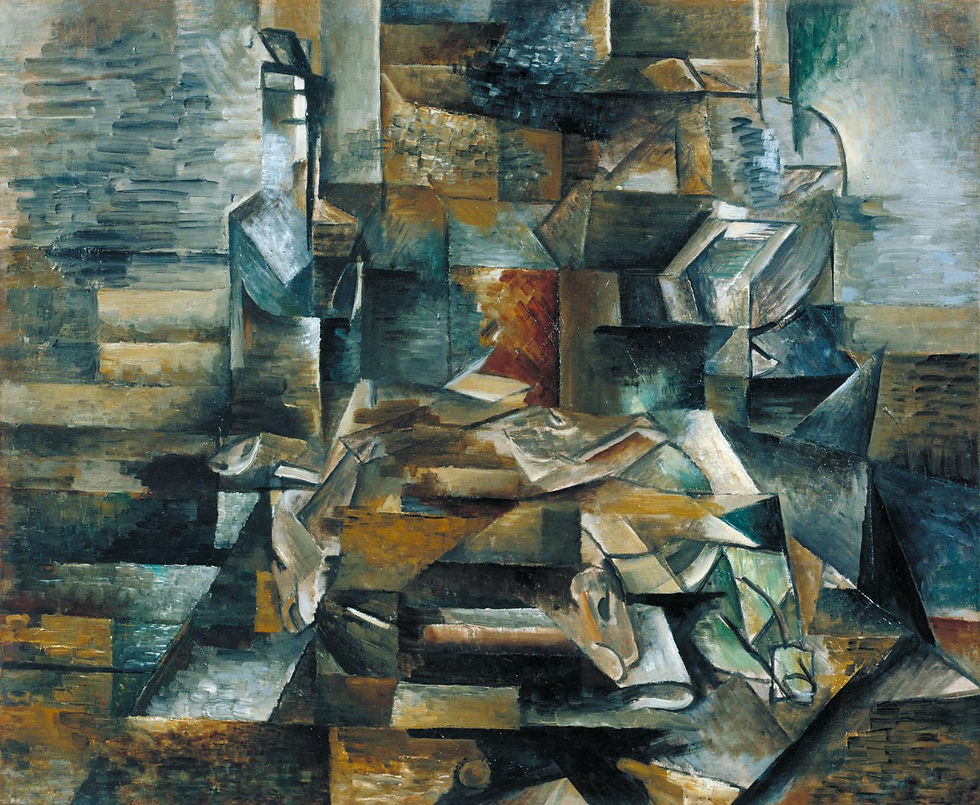
This image entitled Bottles and Fishes by Georges Braque is one of my favourite examples of this period. Despite the severe abstraction it’s still abundantly clear what the subject is. Objects broken up and scattered but still totally believable. But this wasn’t the only movement in the early 20th century to use still life to develop their ideas. The Dada movement took a radically different approach and as such produced very different outcomes. In an attempt to return some symbolic meaning to still life they would insert still objects into surreal, dreamscapes, giving the scenes context and meaning.
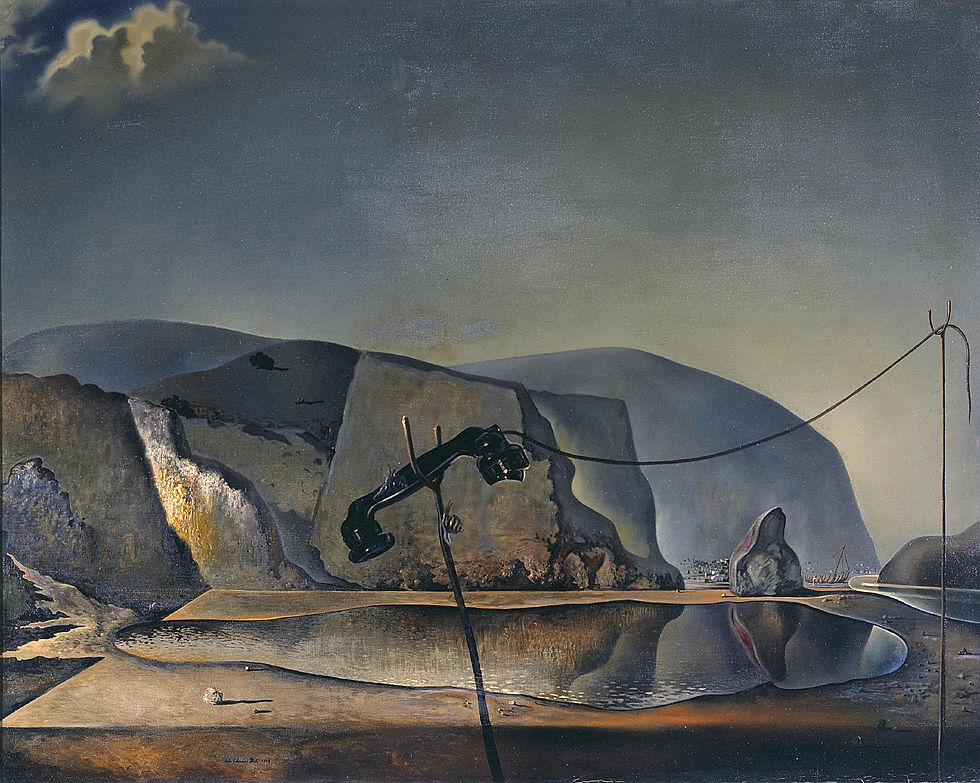
For example this 1938 painting by Salvador Dali, Mountain Lake. The realistic rendering of the disconnected telephone placed front and centre poses so many questions. In the opinion of some art historians, it is thought to be a reflection of negotiations between Neville Chamberlain and Adolf Hitler which where ongoing at the time of this works inception.
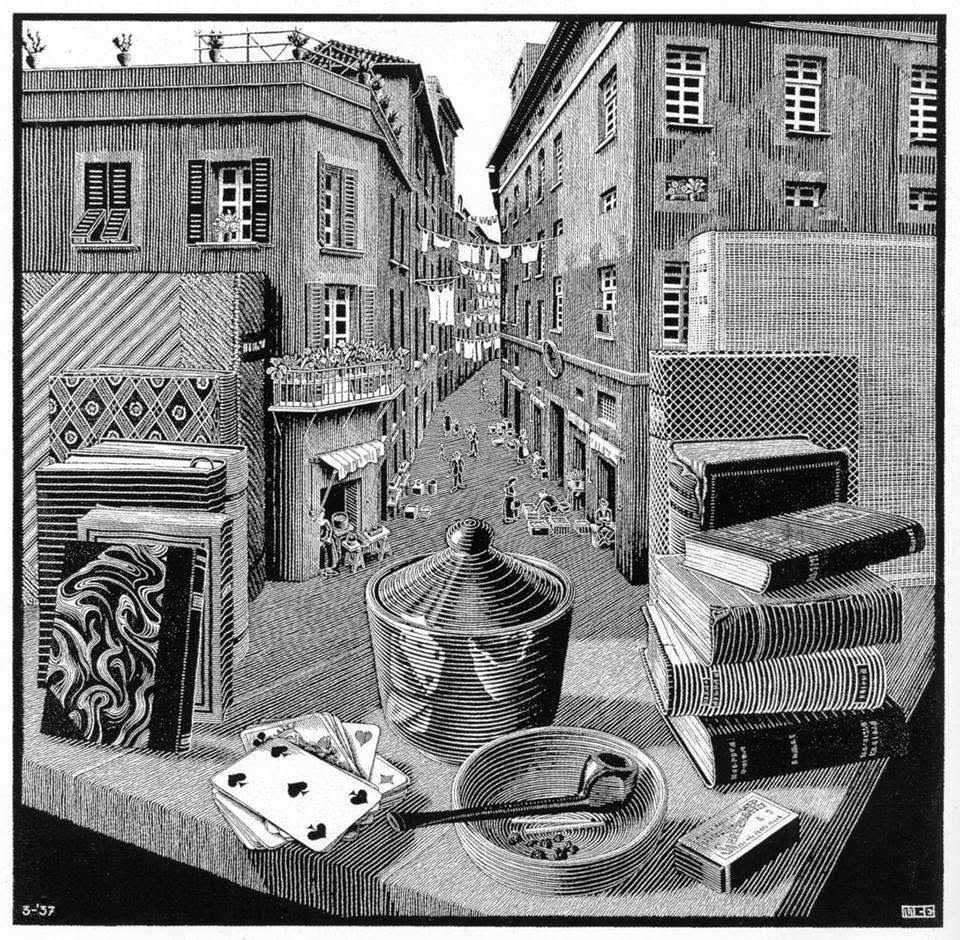
Another favourite example of mine from this period is M C Eshers work, Still Life and Street. I really enjoy the way this image plays with perspective; how the objects in the foreground blend in the street scene beyond. Throughout the next few decades total abstraction dominated the art world until the rise of Pop Art in the 60s and 70s. Pop art exponents bucked the trend and again reinvented still life in their own image. Their subject was the commercialisation of commodity and as such not necessarily the object itself. But an expression of the idea of the item and what it stood for in culture at the time.
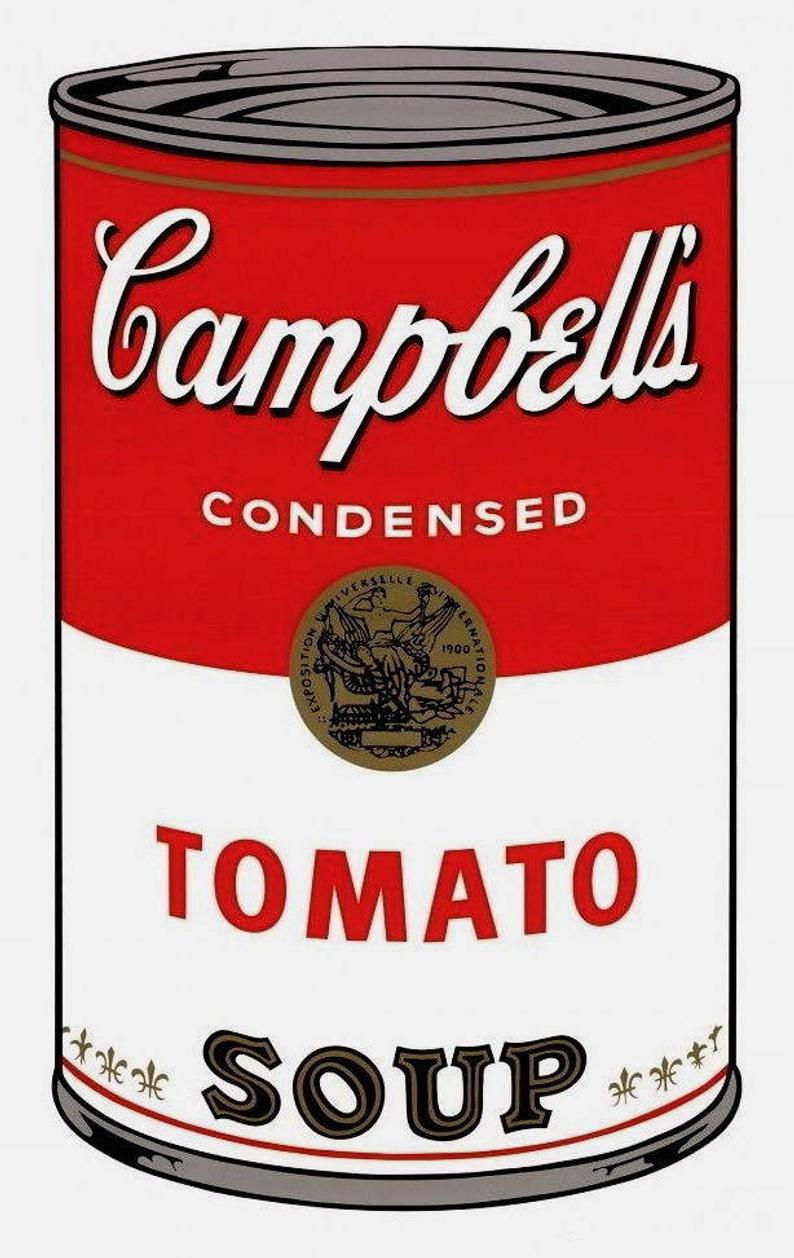
A famous example is Andy Warhols Campbells soup can, produced in 1968, he also painted many other iconic American objects including dollar bills and coca cola bottles. Yet again still life would find followers in other artist movements, the 1970s saw the rise of the Photorealism movement. This group sought to add back the realism and the representationalism found in the Dutch masters works of the 16th century without compromising pop’s message. This 1976 work by Audrey Flack entitled Queens is a great example.
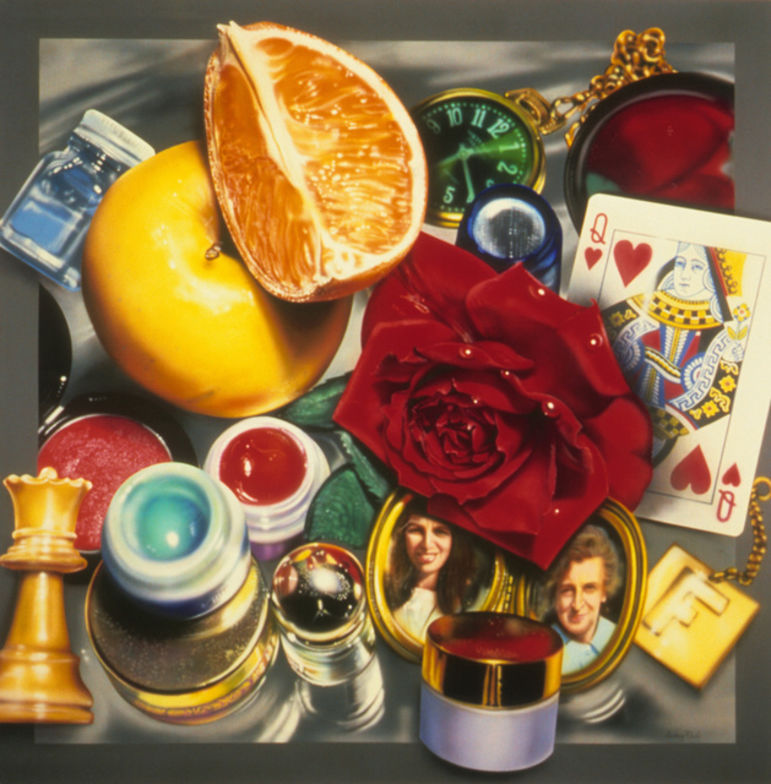
Throughout history, still life has continued to evolve and reinvent itself and this has continued into the current century. The four main ingredients I mentioned earlier are still present but the amount of recipes have increased exponentially. Modern still life can be found in many different forms, from painting and drawing, photography, installation, and computer generated 3D graphics. Still life will continue to be relevant (although not always the most popular) because we still have the same urge to document the world around us as our ancestors did. We still have a need to understand the things around us and make comment on their impact on us.
Comments